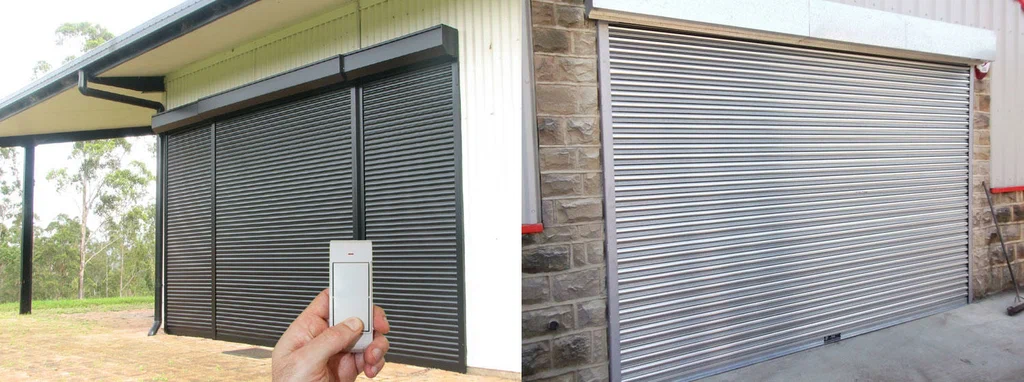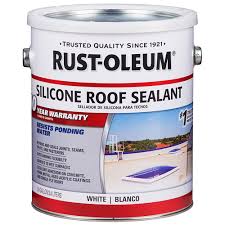Roller shutter doors are a popular choice for both commercial and residential properties due to their strength, convenience, and space-saving design. However, like any mechanical system, they require regular maintenance to function optimally and last longer. Whether your roller shutter is used for security, insulation, or access control, knowing how to maintain it effectively can save you from costly repairs and operational downtime.
In this guide, we will explore the essential steps for maintaining your roller shutter doors, common problems to watch out for, and expert tips for keeping them in top condition. Let’s dive in.
Why Maintenance is Important
Regular maintenance helps extend the lifespan of the roller shutter, enhances safety, and ensures smooth operation. Neglecting the upkeep can lead to rust, motor failure, or misalignment. This can disrupt your daily activities and may even pose a safety risk.
Moreover, proper maintenance also keeps the door in roller shutter systems energy-efficient and visually appealing, especially in commercial settings where first impressions matter.
Step-by-Step Maintenance Guide
1. Visual Inspection
The first step in maintaining any roller shutter is a simple visual inspection. Look out for:
-
Dents or physical damage
-
Rust spots on the metal surface
-
Unusual sagging or alignment issues
-
Loose or missing bolts
Performing a monthly inspection allows you to catch minor issues before they turn into costly repairs.
2. Clean the Shutters
Over time, dust, dirt, and grime can accumulate on the surface and in the tracks. This can obstruct smooth operation and wear down parts.
How to clean:
-
Use a soft cloth or sponge and a mild detergent.
-
Gently wipe down the curtain, tracks, and the door in the roller shutter housing.
-
Avoid high-pressure hoses as water can seep into the motor or control systems.
Cleaning every 2–3 months is generally sufficient unless the shutter is in a dusty or coastal area.
3. Lubricate Moving Parts
Friction is the enemy of any mechanical system. Proper lubrication helps reduce wear and tear and keeps the shutter operating quietly and efficiently.
Lubricate:
-
Guide rails
-
Bearings
-
Springs and hinges
-
Chain (if manual operation)
Use a silicone-based spray or light machine oil. Avoid heavy grease as it can trap dust and debris, causing more harm than good.
4. Check for Balance and Alignment
A misaligned roller shutter can be noisy, difficult to operate, or even get stuck. If the shutter doesn’t open or close smoothly, check:
-
The side tracks for obstructions
-
Whether the curtain is evenly balanced
-
If the motor is functioning properly (in electric shutters)
A professional may be required for realignment, especially for large or industrial roller doors.
5. Inspect the Motor and Controls (for electric shutters)
If you have an automatic door in a roller shutter, the motor and control system require special attention.
-
Test the open/close functions regularly
-
Listen for unusual noises
-
Check battery backups (if applicable)
If the motor is slow, unresponsive, or emitting strange sounds, consult a technician to avoid permanent damage.
Common Issues and How to Fix Them
Even with regular maintenance, issues may still arise. Here are some of the most common problems:
1. Sticking or Jamming
Causes:
-
Dirt in the tracks
-
Lack of lubrication
-
Warped curtain panels
Solution: Clean the tracks thoroughly and lubricate the moving parts. If the shutter is still sticking, it may need professional realignment.
2. Excessive Noise
Causes:
-
Loose components
-
Worn-out rollers
-
Rust on metal parts
Solution: Tighten all bolts and screws. Apply lubricant to noisy areas. If noise persists, inspect the motor or contact a technician.
3. Remote Control Not Working
Causes:
-
Dead batteries
-
Signal interference
-
Motor or sensor malfunction
Solution: Replace the batteries first. If it still doesn’t work, reset the system or consult a technician.
Seasonal Maintenance Tips
Summer:
-
Watch for thermal expansion that might affect alignment.
-
Keep shutters shaded to reduce overheating in electric systems.
Winter:
-
Protect the motor from moisture buildup.
-
Lubricate frequently to avoid freezing parts.
Seasonal checks help the roller shutter adjust to environmental changes without performance loss.
When to Call a Professional
While most maintenance tasks can be handled by the property owner, certain issues require expert attention:
-
Electrical faults
-
Major misalignment
-
Motor replacements
-
Spring tension adjustment
Always hire a certified technician for these services to ensure safety and reliability. Regular professional servicing—once or twice a year—is a good practice for high-usage roller shutter systems.
Tips to Prolong Roller Shutter Life
Here are some bonus tips to keep your shutters working like new:
-
Operate gently; avoid slamming or forcing the shutter
-
Never use water directly on the motor
-
Don’t ignore small issues—they can escalate quickly
-
Install weather seals to block dust and water
-
Use manual override only when needed to prevent wear
Implementing these habits will significantly enhance the performance and durability of the door in roller shutter installations on your premises.
Conclusion
Maintaining your roller shutter doors is not just about prolonging their lifespan—it’s about ensuring daily functionality, safety, and energy efficiency. With regular cleaning, lubrication, and inspections, you can keep your roller shutter in top shape and prevent unexpected breakdowns.
Whether you’re managing a commercial property or safeguarding your home, understanding the maintenance needs of your door in a roller shutter system is a smart investment. Stay proactive, follow the steps outlined above, and don’t hesitate to call professionals when necessary.
Taking care of your roller shutters today means fewer headaches tomorrow.






